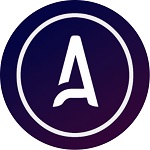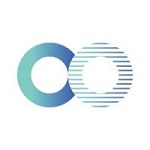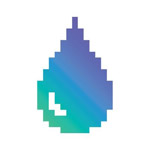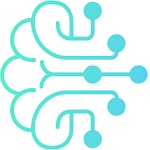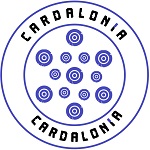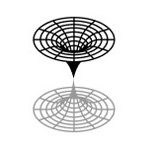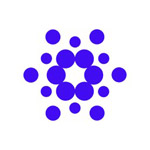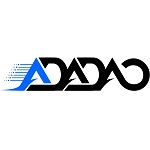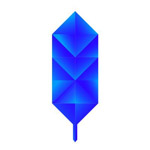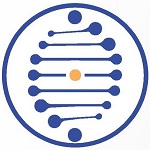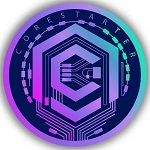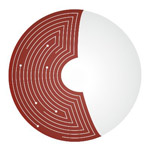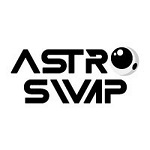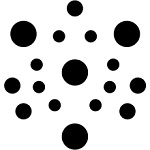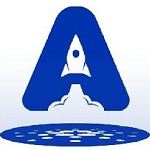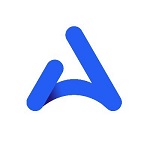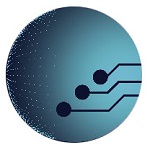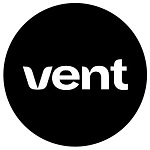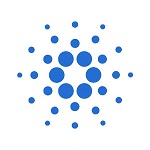Cardano Ecosystem
| Projects | Status | Date start | Raised | Launchpad | Ecosystem | X score | Interest lvl | Industry | ||
|---|---|---|---|---|---|---|---|---|---|---|
IDO Past | Dec 16, 2023 | Finance | ||||||||
| Dec 16, 2023 | Exchanges & Wallets | |||||||||
| Dec 16, 2023 | $2,7M | Crowdfunding & Lending | ||||||||
ICO Past | Dec 16, 2023 | Finance +2 | ||||||||
ICO IEO Past | Aug 22, 2022 | $0,42M | Gaming +1 | |||||||
IDO | TBA | Exchanges & Wallets +2 | ||||||||
IDO IEO Past | Jul 13, 2022 | $4,5M | Exchanges & Wallets +1 | |||||||
IDO Past | Mar 14, 2022 | $0,54M | Crowdfunding & Lending | |||||||
IDO Past | Mar 07, 2022 | DeFi +2 | ||||||||
IDO | TBA | Exchanges & Wallets | ||||||||
ICO IDO Past | Jul 18, 2023 | Health & Medicine | ||||||||
IDO | TBA | $2,54M | Finance | |||||||
IDO Past | Dec 10, 2021 | Gaming +2 | ||||||||
IDO Past | Nov 15, 2021 | Crowdfunding & Lending +2 | ||||||||
IDO Past | Nov 15, 2021 | Finance +1 | ||||||||
IDO Past | Nov 16, 2021 | Art & Music +1 | ||||||||
IDO Past | Oct 07, 2021 | Exchanges & Wallets +1 | ||||||||
IDO Past | Apr 04, 2022 | Trading & Investing +2 | ||||||||
IDO Past | Sep 27, 2021 | Gambling +1 | ||||||||
IEO Past | Sep 15, 2021 | Crowdfunding & Lending +1 | ||||||||
IDO Past | Sep 09, 2021 | Crowdfunding & Lending | ||||||||
IDO Past | Sep 10, 2021 | Blockchain +2 | ||||||||
ICO IEO IDO Past | Nov 21, 2021 | Protocol +1 | ||||||||
IDO Past | Aug 27, 2021 | $0,85M | Finance +1 | |||||||
IDO Past | Oct 05, 2021 | $3,12M | Social +1 | |||||||
ICO IEO Past | Aug 11, 2021 | Crowdfunding & Lending +1 | ||||||||
ICO Past | Aug 11, 2021 | Crowdfunding & Lending +1 | ||||||||
| Aug 11, 2021 | Blockchain +2 | |||||||||
IEO Past | Jun 11, 2021 | Blockchain | ||||||||
ICO IEO Past | Jul 22, 2020 | Blockchain | ||||||||
ICO Past | Jul 22, 2020 | $157,89M | Blockchain | |||||||
What is Cardano network
Cardano is a decentralized open-source blockchain framework built on PoS consensus mechanism.
The primary aim of the project is to create an energy-efficient and eco-friendly platform with smart contracts.
While BTC mining consumes a huge amount of electricity without actually producing anything in return, the ETH blockchain is famous for its excessively high commissions, which many users find unaffordable.
Notably, Cardano is positioning its project as the first blockchain based on on peer-reviewed research.
And applications of blockchain are available in a multitude of areas, among them:
- Education
- Retail
- Agriculture
- Government
- Finance
- Health Care
The beginning of the project can be called 2014. It was then that Hoskinson began to gather a team to realize his project. He dreamed of creating a platform on which it would be as convenient as possible to conduct microtransactions and launch secure DApps.
In February 2017, the developers provided a Whitepaper of the Ouroboros protocol.
The project was released 3 years later, in September 2017. And the next month ADA token trading started.
Investors & partners
To develop the Cardano blockchain, the team raised $63 million dollars through an ICO in 2019. The main investors at the time included:
- AFD
- AIMA
- Australian Aid
- European Bank
- Fount
- Proparco
- Gold Standard and many others.
Among the partner projects that are built on the basis of Cardano are:
- dcSpark
- Koios Team
- Sunade Labs
- SAIB
- Blink Labs and many others.
Key mechanics of Cardano blockchain
The concept behind Cardano is to make a blockchain that works much better than older blockchains. It means that it will be able to process more transactions, making them cheaper and faster.
The founder of the ecosystem, Charles Hoskinson, believes that Cardano is a third-generation blockchain, while systems like ETH or BTC are representatives of the first and second generations. Therefore, IOHK has created its own new blockchain and like most other blockchains, Cardano is decentralized, which means it is not controlled by any authorities.
So let’s take a look at the key mechanisms Cardano, through which a high level of decentralization and scalability is achieved.
A significant feature of Cardano offering is the ability to process smart contracts. In addition, Cardano is already a major contributor in DeFi sector. This unlocks a wide range of financial services, including lending, trading, asset management and insurance.
Cardano structure may distinguish it from third-generation blockchain platforms. The system uses the Extended Unspent Transaction Output (UTXO) model, which is a mixture of Bitcoin‘s transaction scheme and Ethereum‘s accounting model, offering a more versatile structure.
In addition, Cardano consists of a few key elements, each of which contributes to reliability and efficiency:
- Calculation Layer or Cardano Settlement Layer: This is the fundamental layer that underpins all components.
- The second element Cardano Control Level (CCL), this contains all the compliance tools and all the functionality of smart contracts.
- Consensus Layer, that utilizes the PoS family from Ouroboros. This layer increases security while reducing energy costs.
- The network layer or network stack, which provides the infrastructure to support protocols and functions such as pipelining, multiplexing and hacker protection.
- Plutus or scripting layer. This solution provides the implementation of smart contract functions in the network using a scripting language.
- Haskell. The platform is built on one of the most stable programming languages.
Special attention should be paid to the Ouroboros consensus protocol, thanks to which Cardano consumes a minimum amount of energy when processing transactions. The technology was developed by a whole team of highly qualified scientists, cryptographers from several world-famous universities. This is the company own development and its essence lies in dividing the blockchain into epochs. There are no traditional validator nodes. Epochs are divided into slots lasting 20 seconds each. And in each slot there is a leader who oversees the addition of blocks. Leaders are chosen according to certain parameters at the beginning of each epoch. The holder of 2% of the total number of coins can become a block miner.
Advantages Cardano
- A cohesive community of researchers
- The Cardano blockchain is actually a science project
- There is no limit to scaling, because the more people using the project, the more transactions can be processed
- Low fees
- Fast transactions
- Cardano consensus mechanism is greener and fairer
Token ADA
Cardano network has its own native token ADA. Due to the peculiarities of the project, its name is also dedicated to a famous mathematician of the XIX century. This time, it is a woman named Augusta Ada King. ADA is a digital currency and fiat can be invested in it. In addition, it is required to confirm user transactions.
In addition to trading, ADA plays an important role in the creation of tokens, DApps and smart contracts, thereby contributing to the growth of the ecosystem and enabling a wide range of financial exchanges and services.
Conclusion
Cardano assumes constant development and scaling of the network. Solutions, such as the Hydra protocol or Mithril system a scaling solution, aim to support more users and projects by increasing the transactional capacity of the network. In addition, Cardano creates greater opportunities for integration and collaboration, which could increase its adoption in areas such as financial services, supply chain management and digital identity.
On top of all this, Cardano future success also depends on how innovative and efficient solutions it can offer compared to other blockchain platforms with which it competes.

